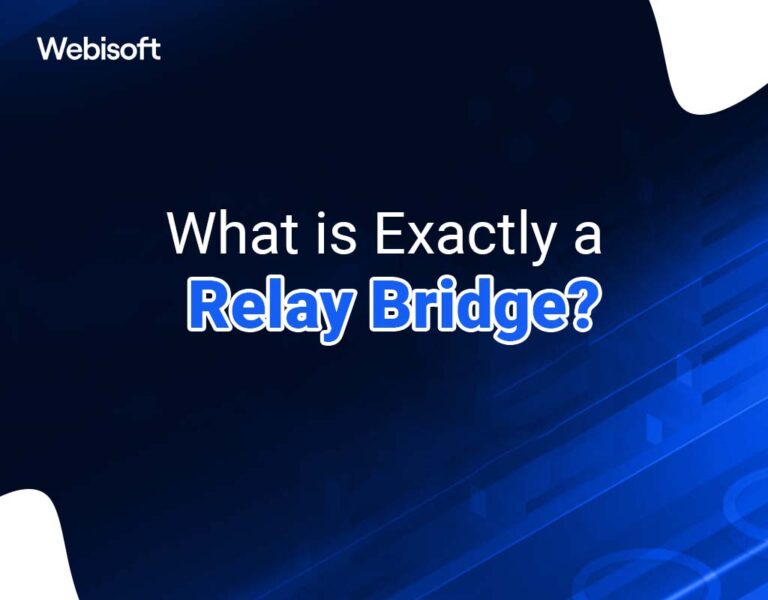Ever tried juggling multiple blockchain wallets and felt like you were spinning plates? Seriously, something about managing assets across chains just feels… clunky. At least, that was my first impression diving into multi-chain DeFi. But then I stumbled on cross-chain aggregators, and wow, my perspective shifted. These tools aren’t just another layer of complexity—they’re the glue that could finally hold DeFi’s multi-chain dream together.
Okay, so check this out—cross-chain aggregators aim to simplify transferring assets across different blockchains by connecting various bridges and liquidity sources under one roof. Initially, I thought, “Isn’t this just another bridge with a fancy UI?” Actually, wait—let me rephrase that. It’s more like a smart router that finds the best path for your funds, cutting costs and slashing wait times. That’s huge when you’re dealing with gas fees and volatile prices.
Now, here’s the thing. Using multiple bridges manually? It’s a pain. You gotta hop between interfaces, juggle tokens, and pray that your funds don’t get stuck. On one hand, bridges are essential for interoperability; on the other, they’re notorious for being slow or risky. Though actually, aggregators like Relay Bridge are trying to flip that script by offering a seamless experience that taps into several chains at once.
My gut feeling said to be cautious at first—these systems sound too good to be true. But after a bit of hands-on with Relay Bridge, I noticed it’s not just hype. The aggregation layer intelligently selects routes and liquidity pools, which means you get better rates and fewer failed transfers. And hey, the interface isn’t some cryptic mess either, which bugs me less.
Seriously, the multi-chain DeFi landscape is evolving fast. But the fragmentation? That’s the real headache. Cross-chain aggregators aim to be the solution, but they’re not perfect yet. Still, given the pace, they’re worth a serious look.

How Relay Bridge Fits Into the Multi-Chain Puzzle
So, Relay Bridge caught my attention because it’s one of the few platforms actually delivering on the promise of a smooth cross-chain experience. What sets it apart? For starters, it connects several blockchains, including Ethereum, BNB Chain, and more, with a focus on speed and security. I’m biased, but its modular architecture seems very well thought out—making it easier to add new chains as the ecosystem grows.
Using Relay Bridge felt like having a Swiss Army knife for DeFi transfers. You can move assets without toggling between different apps, which saves time and reduces error risk. And the fees? Pretty competitive, especially compared to bridging assets manually. The system’s smart routing engine looks for the least costly and fastest paths, which, frankly, is very very important when you’re moving big amounts.
But here’s a snag. Sometimes the UI lags a bit, or the estimated transaction times fluctuate more than I expected. Not a dealbreaker, but it’s noticeable. (Oh, and by the way, the documentation could be clearer for newcomers—some steps are vague.) Still, for users already familiar with DeFi’s quirks, it’s a solid tool.
One more thing—Relay Bridge is open about its security audits, which adds a layer of trust missing in some other aggregators. Given the history of exploits in DeFi bridges, that transparency matters a lot to me.
For anyone curious, you can check out the relay bridge official site to get a feel of their roadmap and supported chains. It’s not just about moving tokens; it’s about building a multi-chain future that’s accessible and reliable.
Why Multi-Chain DeFi Needs More Than Just Bridges
Here’s what bugs me about the current DeFi scene: bridging is necessary, but insufficient. The ecosystem needs aggregation to reduce friction across chains. Multi-chain DeFi isn’t just a buzzword—it’s where the real opportunities lie. But without smart tools to navigate it, users get overwhelmed or stuck.
Imagine you want to swap tokens on one chain, then use those tokens as collateral on another, and maybe farm rewards somewhere else. Doing all that manually? Exhausting. Cross-chain aggregators bring all those actions into a unified flow, which saves time and reduces mistakes.
At first, I assumed aggregators would just add another layer of fees. Yet, in practice, they often cut costs by optimizing routes and tapping into deeper liquidity pools. That’s a nice surprise. Though actually, the tech is still maturing—some chains have better integration than others, so experience can vary.
And I won’t pretend it’s all smooth sailing. Network congestion, variable fees, and occasional hiccups with confirmations still trip things up. But the fact that projects like Relay Bridge actively update their protocols and add new features shows the space is learning quickly.
Honestly, the multi-chain vision feels closer than ever, but we’re still in the “early adopter” phase. If you’re interested in exploring this space, playing around with a cross-chain aggregator might give you a leg up before mass adoption hits.
Frequently Asked Questions
What exactly is a cross-chain aggregator?
It’s a platform that connects multiple blockchain bridges and liquidity sources to provide users with optimized routes for transferring assets across different chains—all from a single interface.
How does Relay Bridge compare to regular bridges?
Relay Bridge aggregates multiple chains and routes transactions intelligently, offering better prices and faster transfers compared to using individual bridges manually.
Is using a cross-chain aggregator safe?
While no system is foolproof, Relay Bridge undergoes security audits and is transparent about its protocols, making it one of the more trustworthy options available.
So yeah, the multi-chain DeFi world is messy but thrilling. Tools like Relay Bridge don’t solve every problem yet, but they’re carving a path forward. If you’re into DeFi, it’s worth getting your hands on these aggregators now before the next wave hits. Something tells me this is just the beginning—and that’s pretty exciting.

Leave a Reply